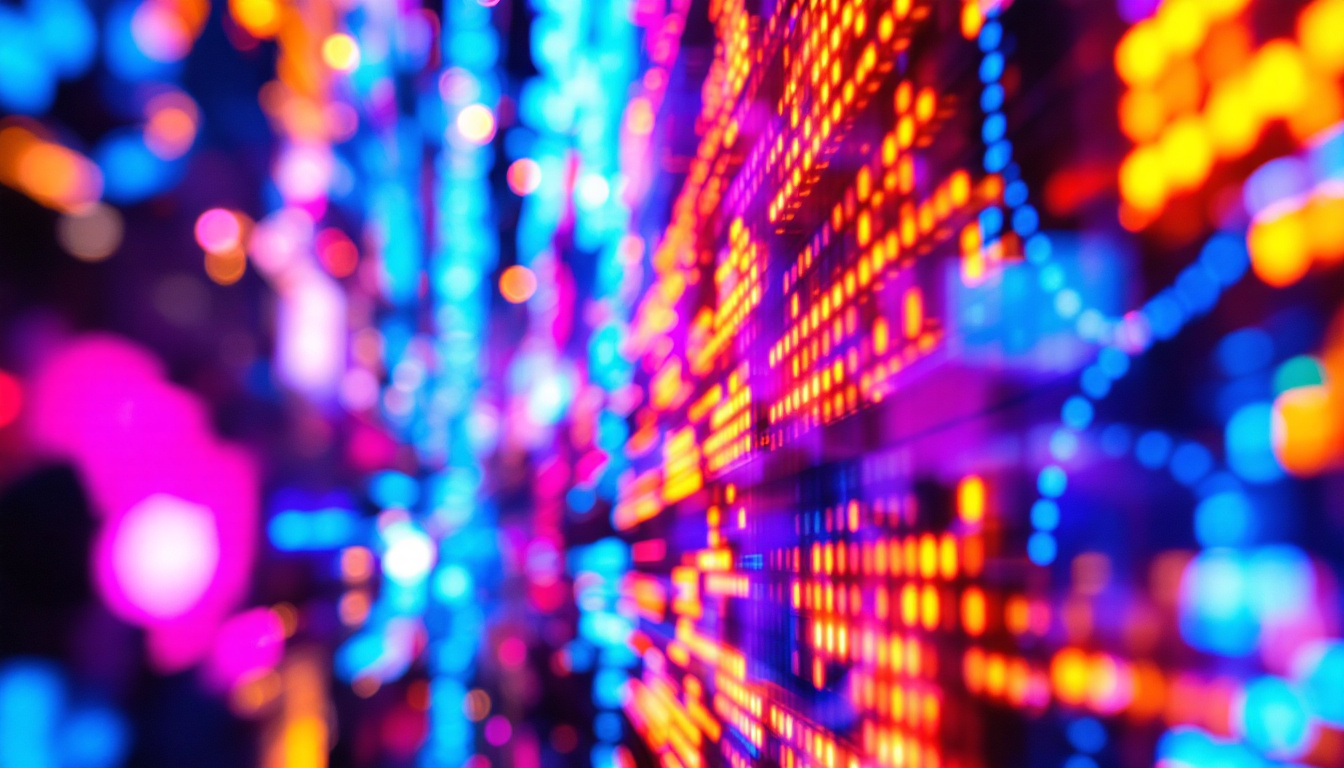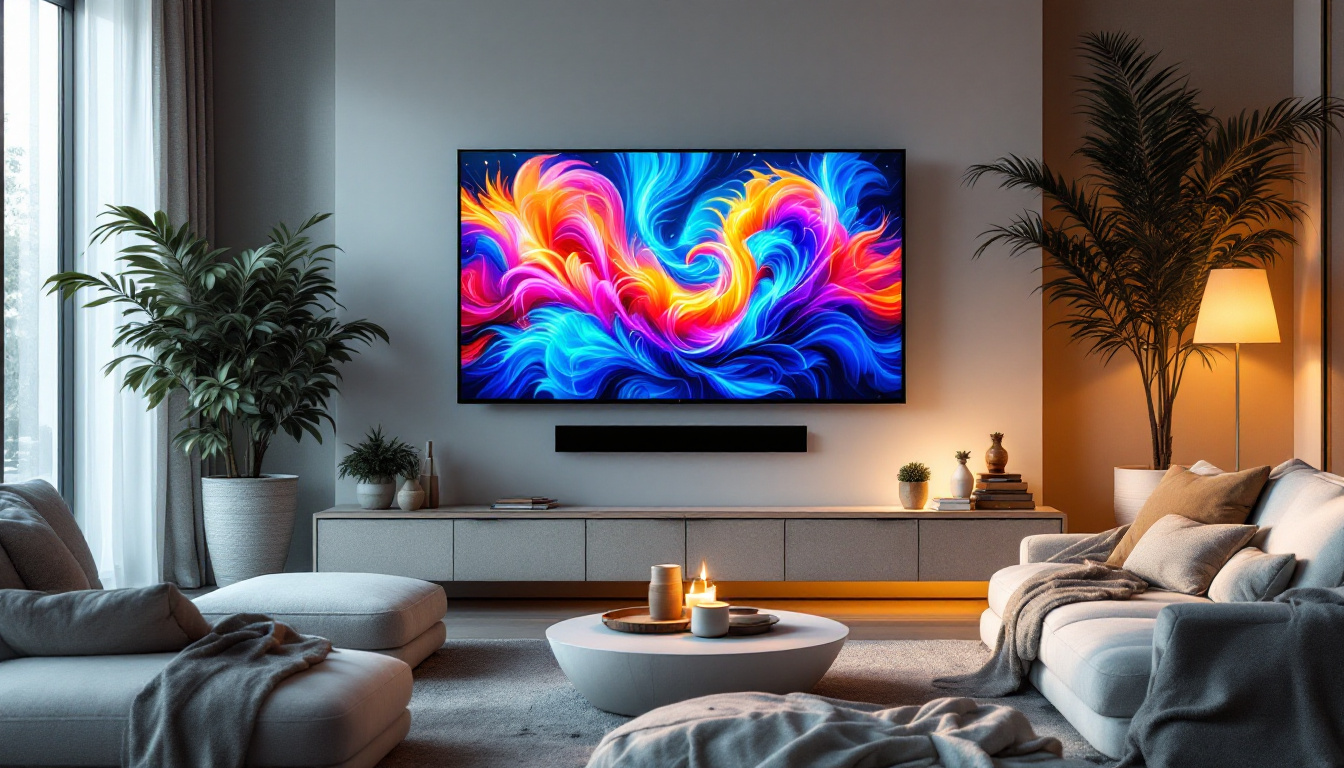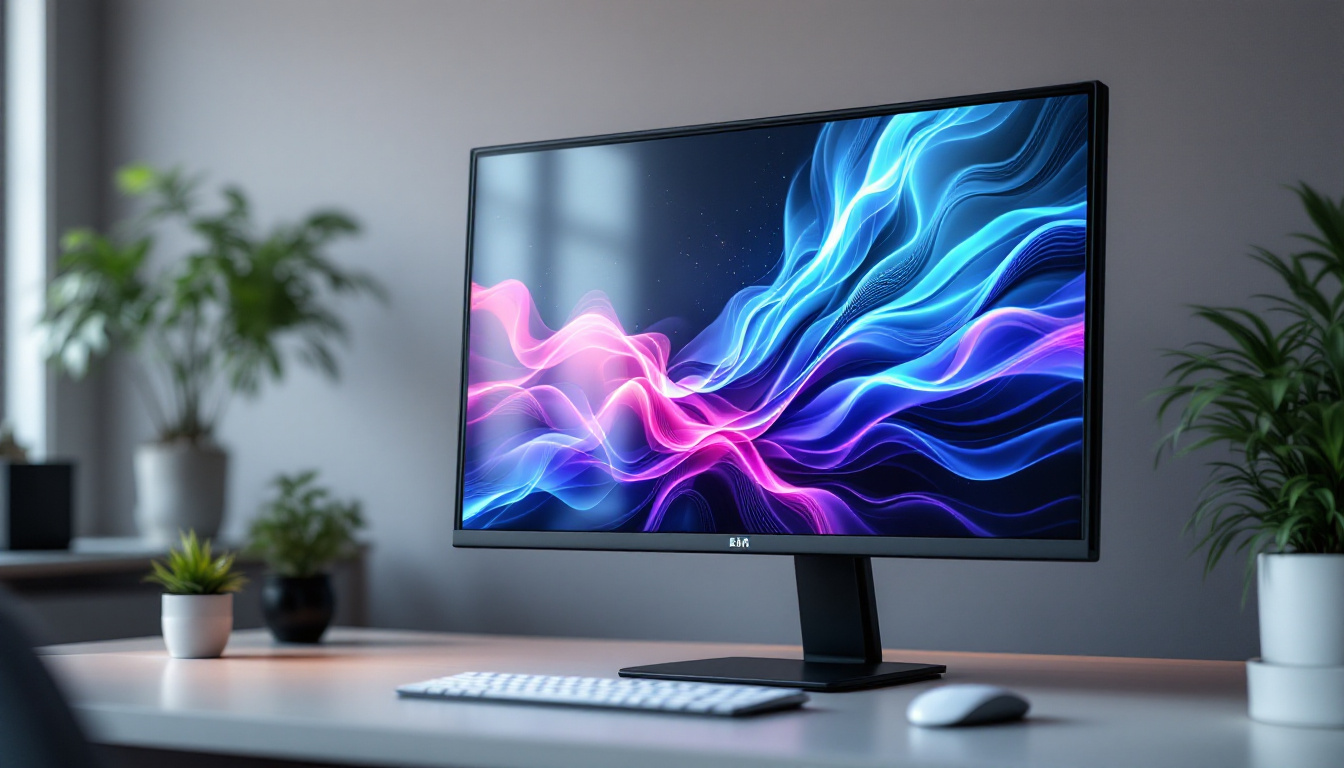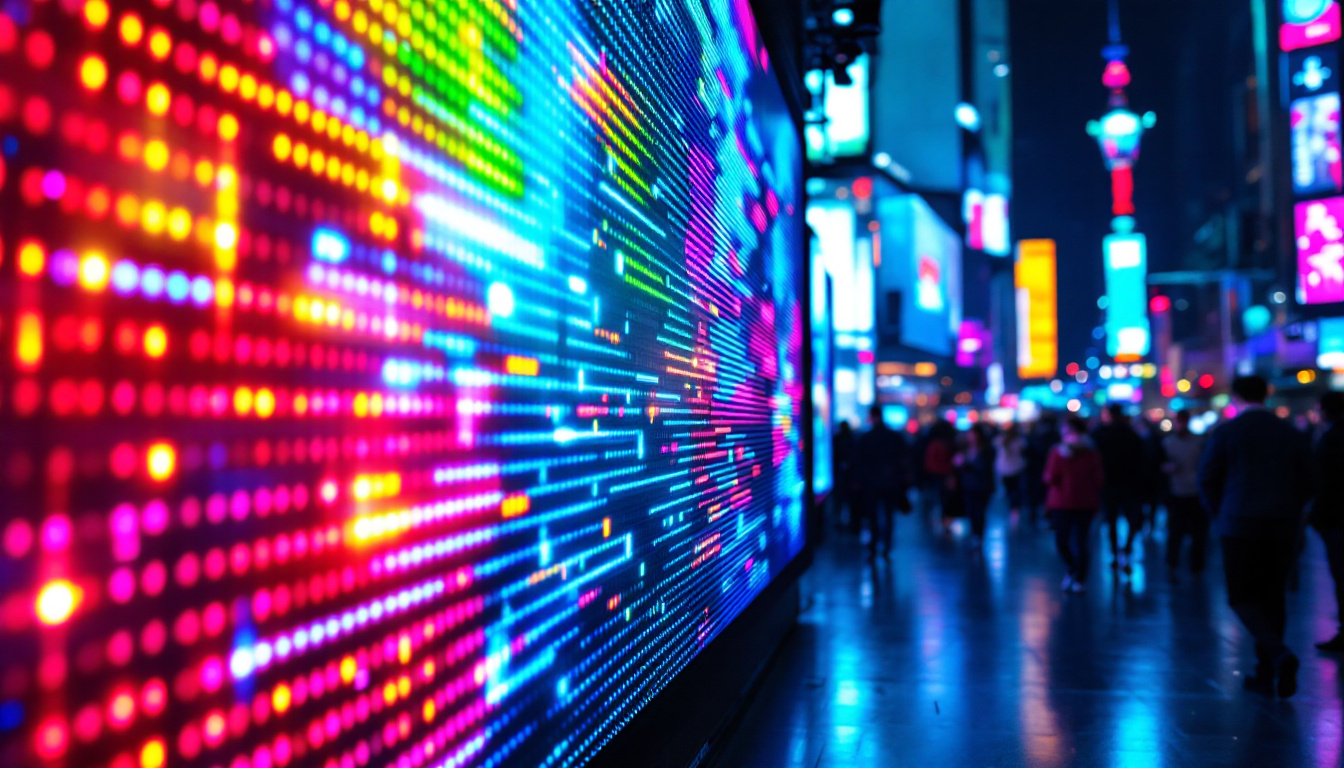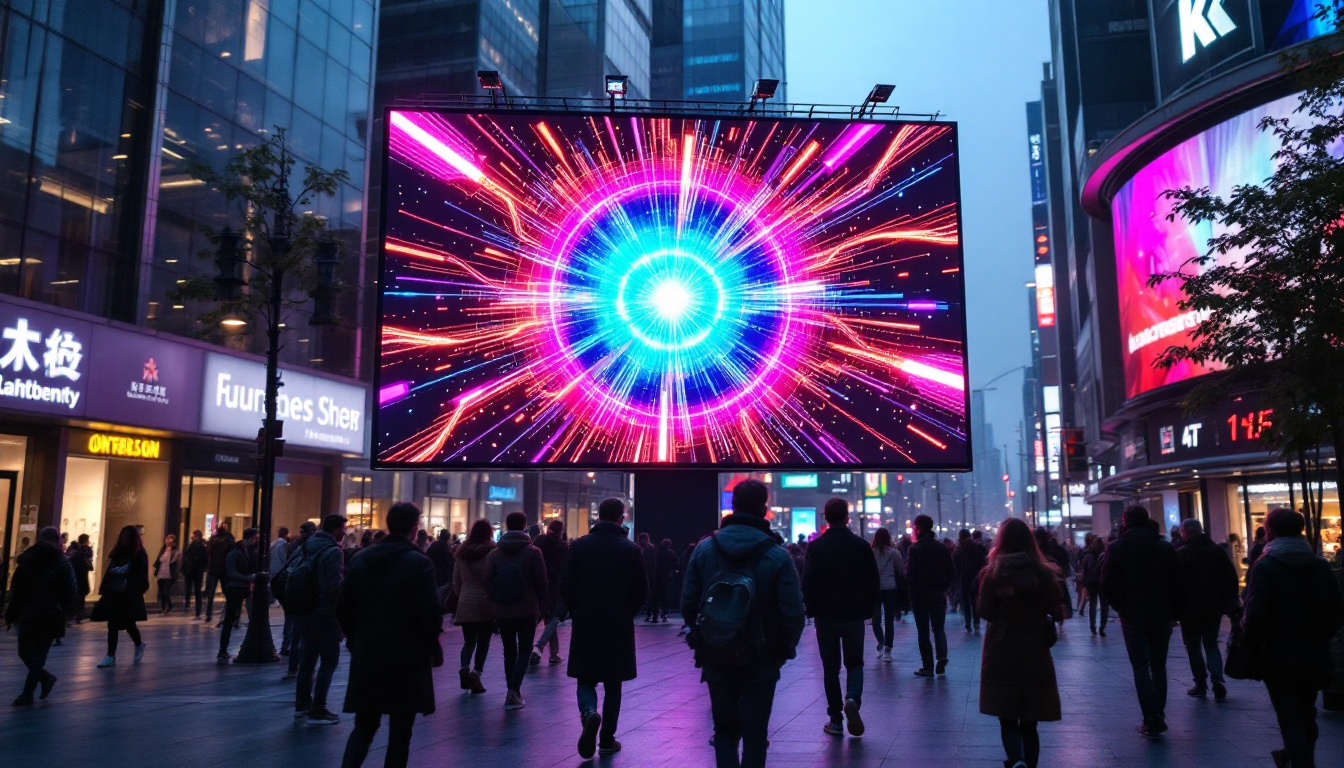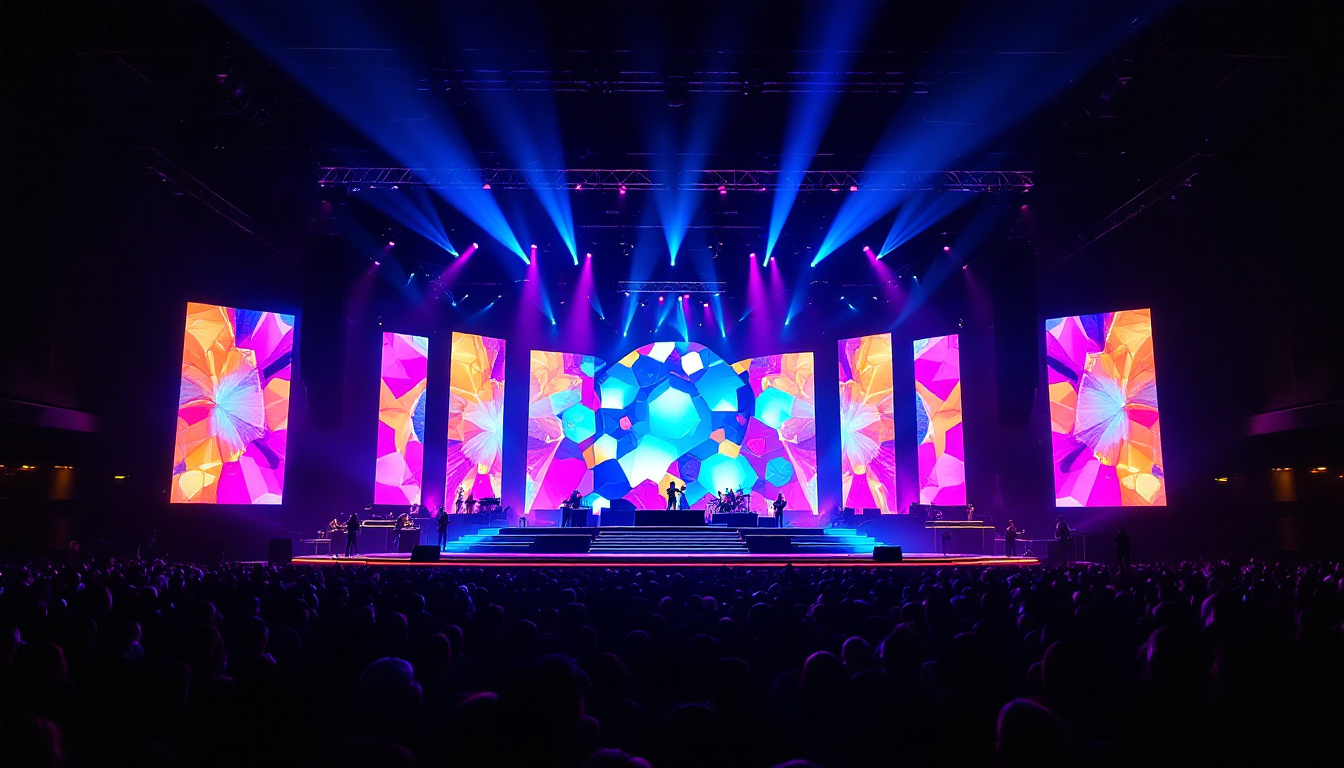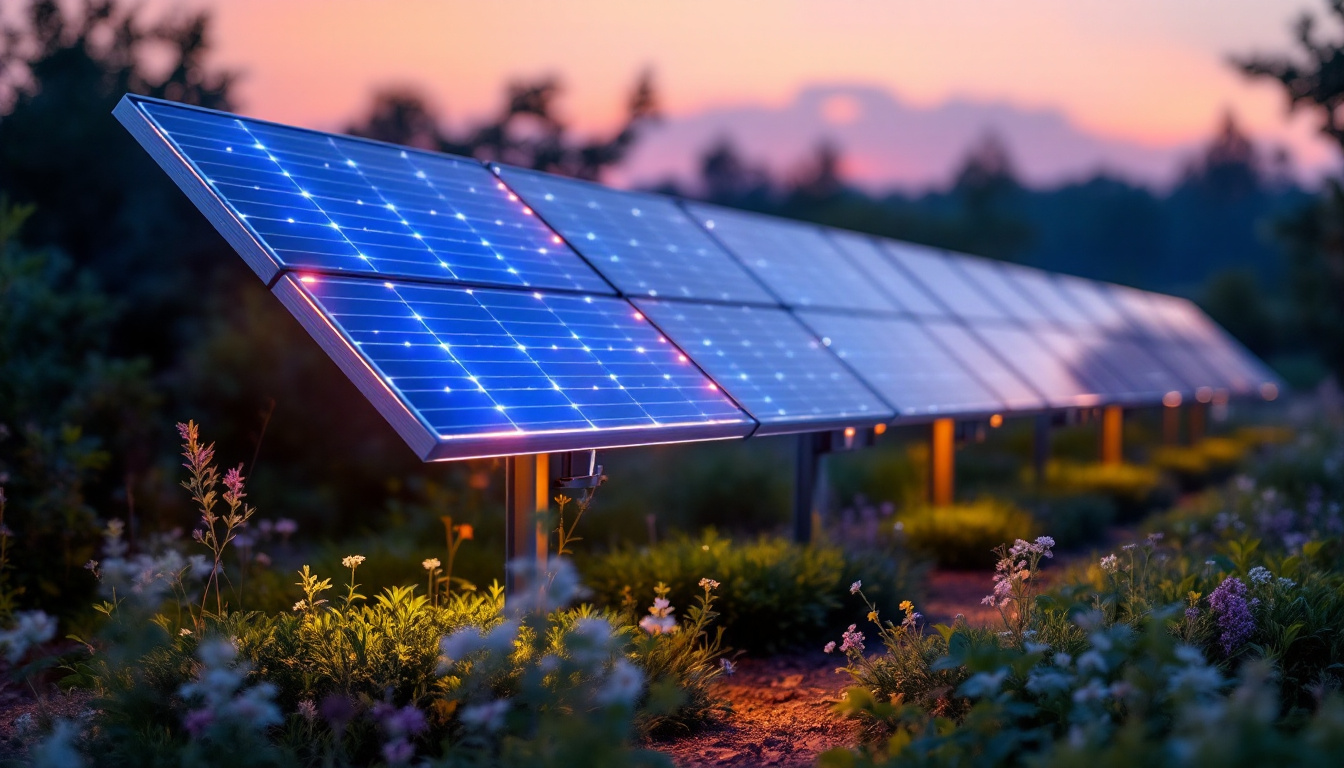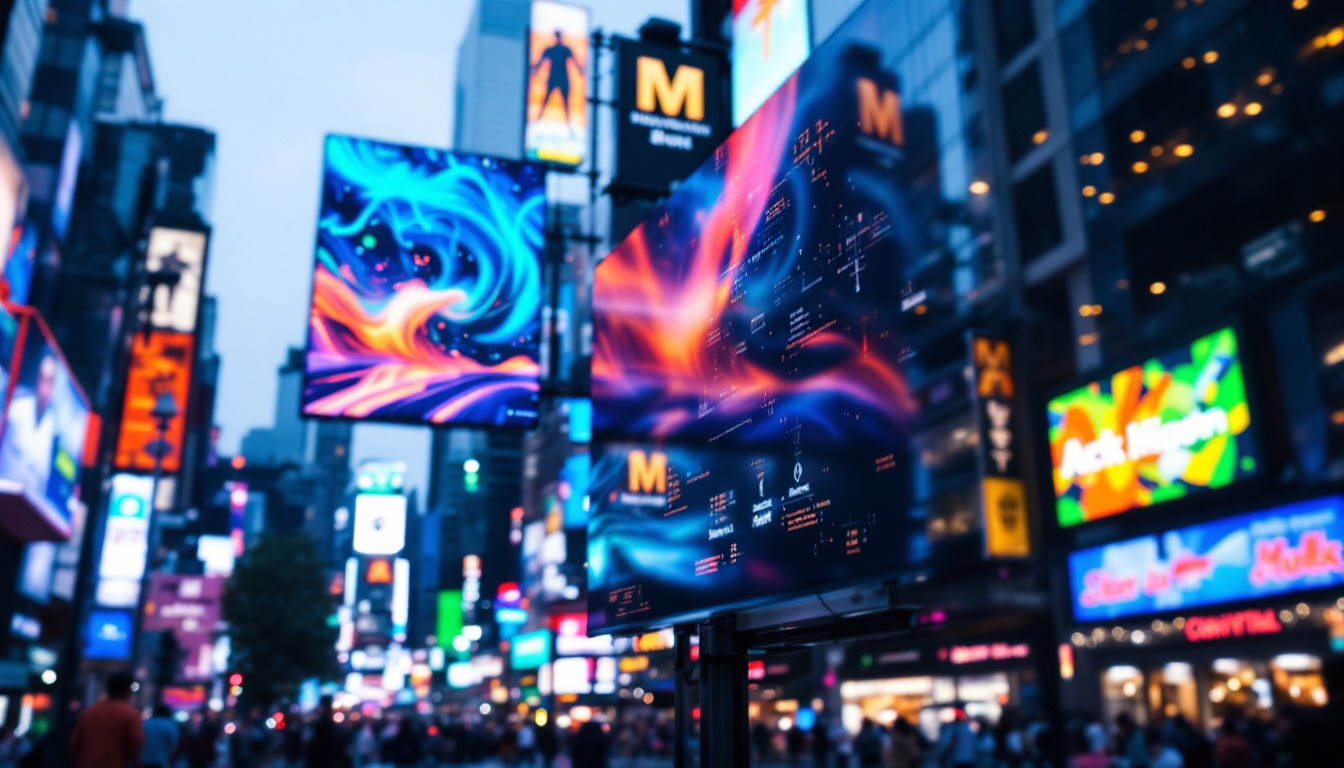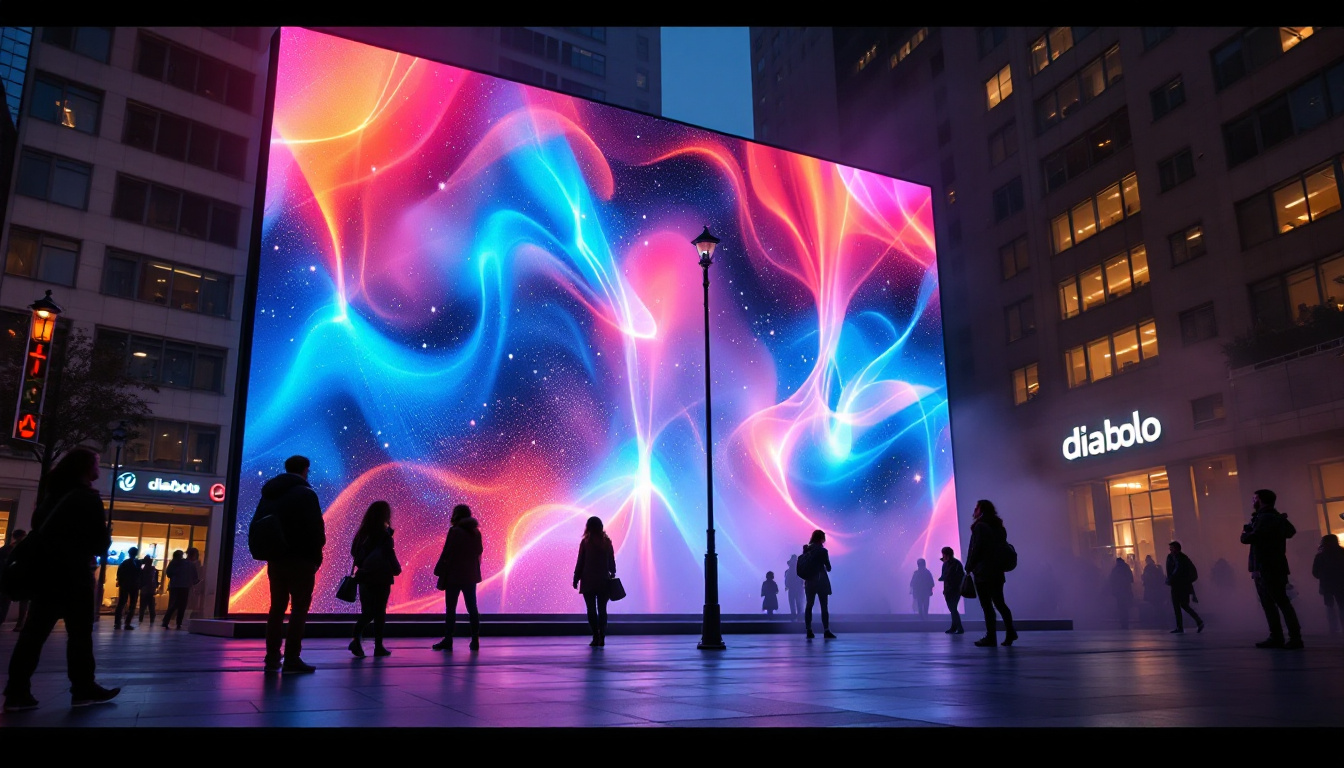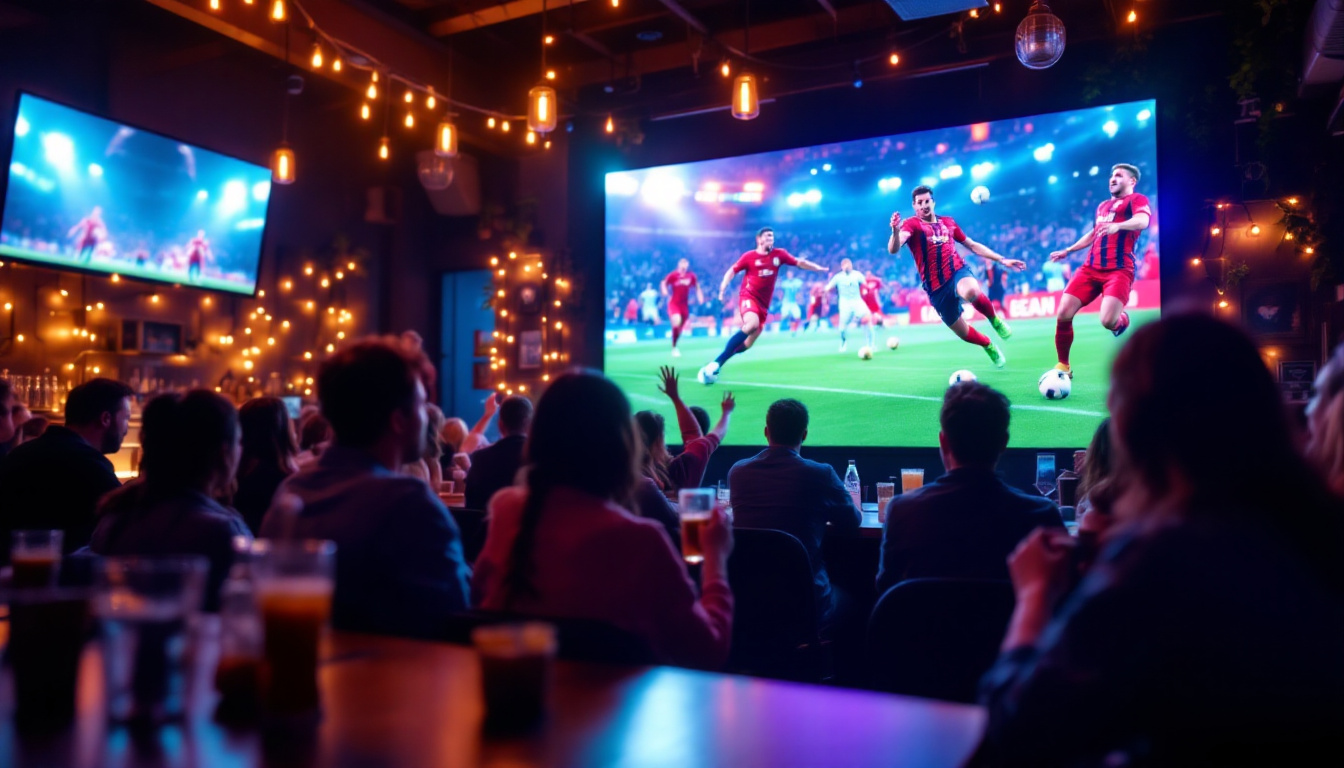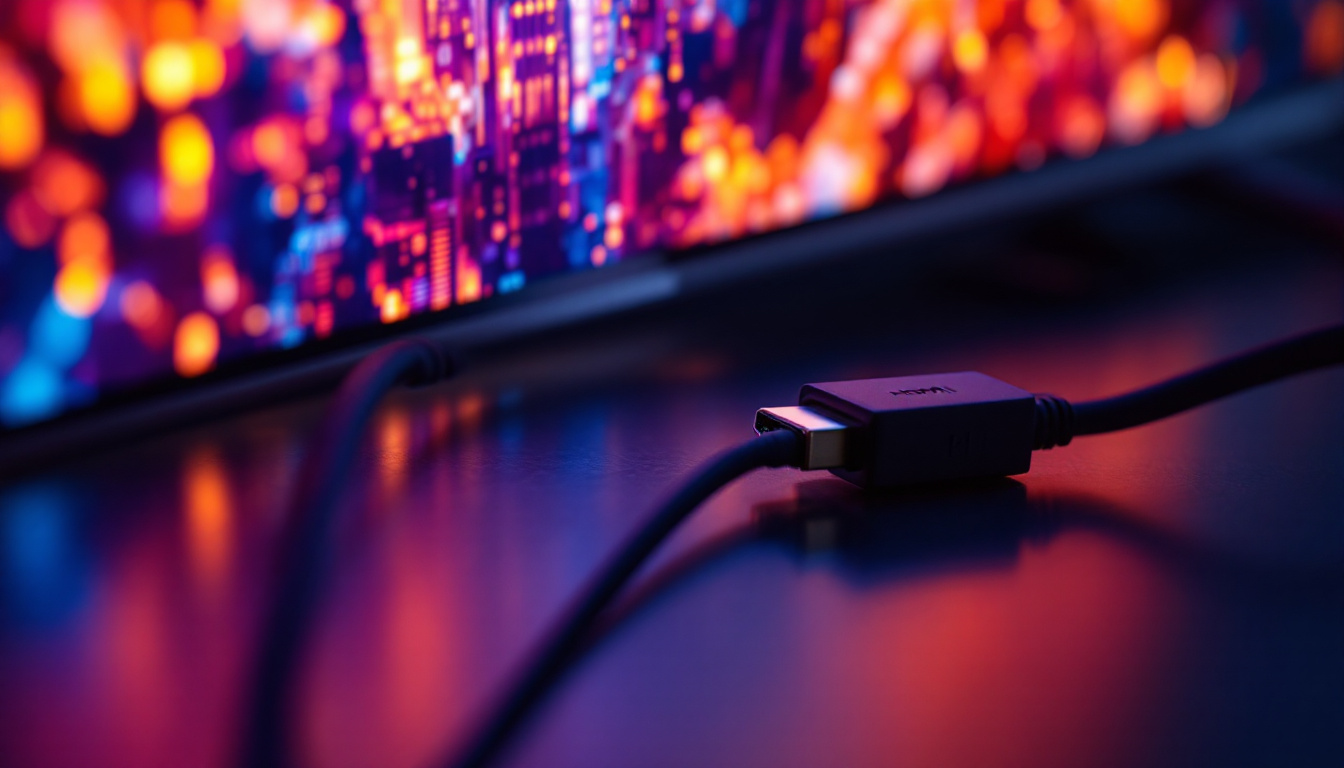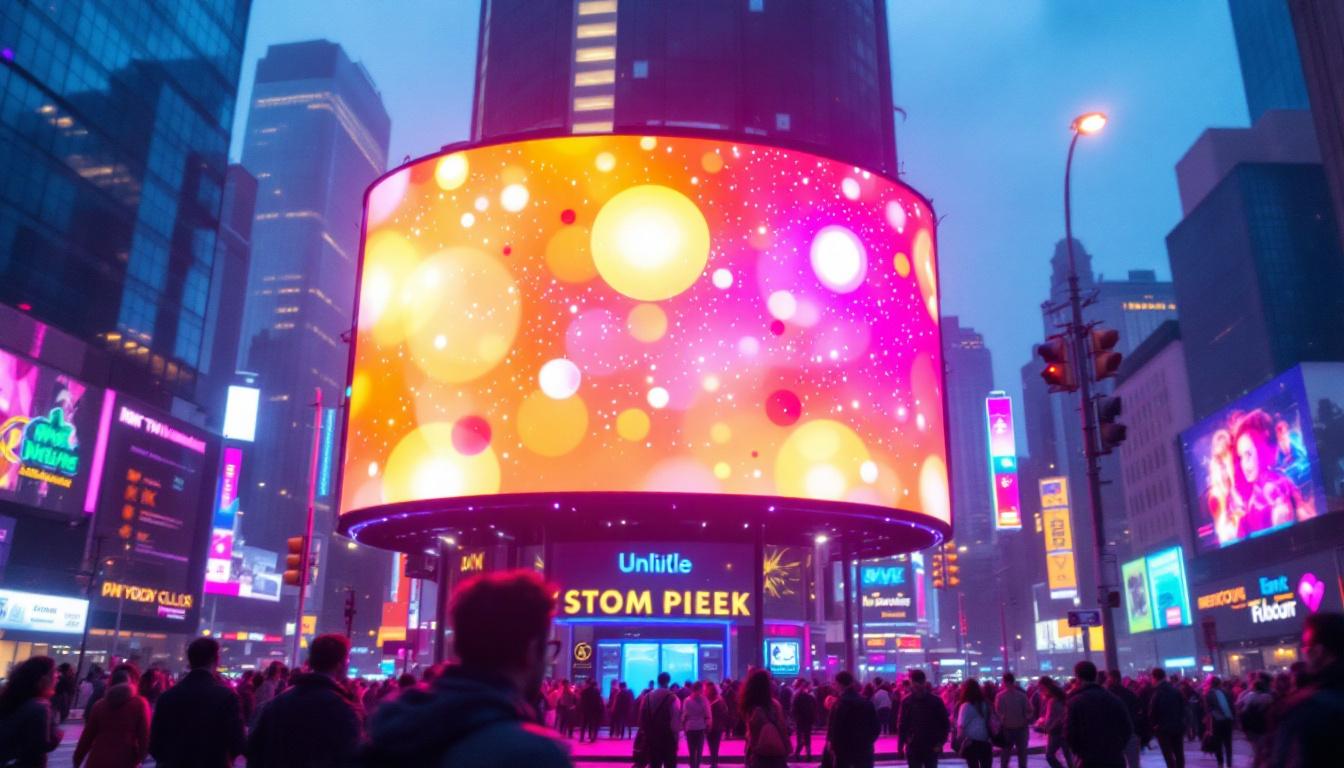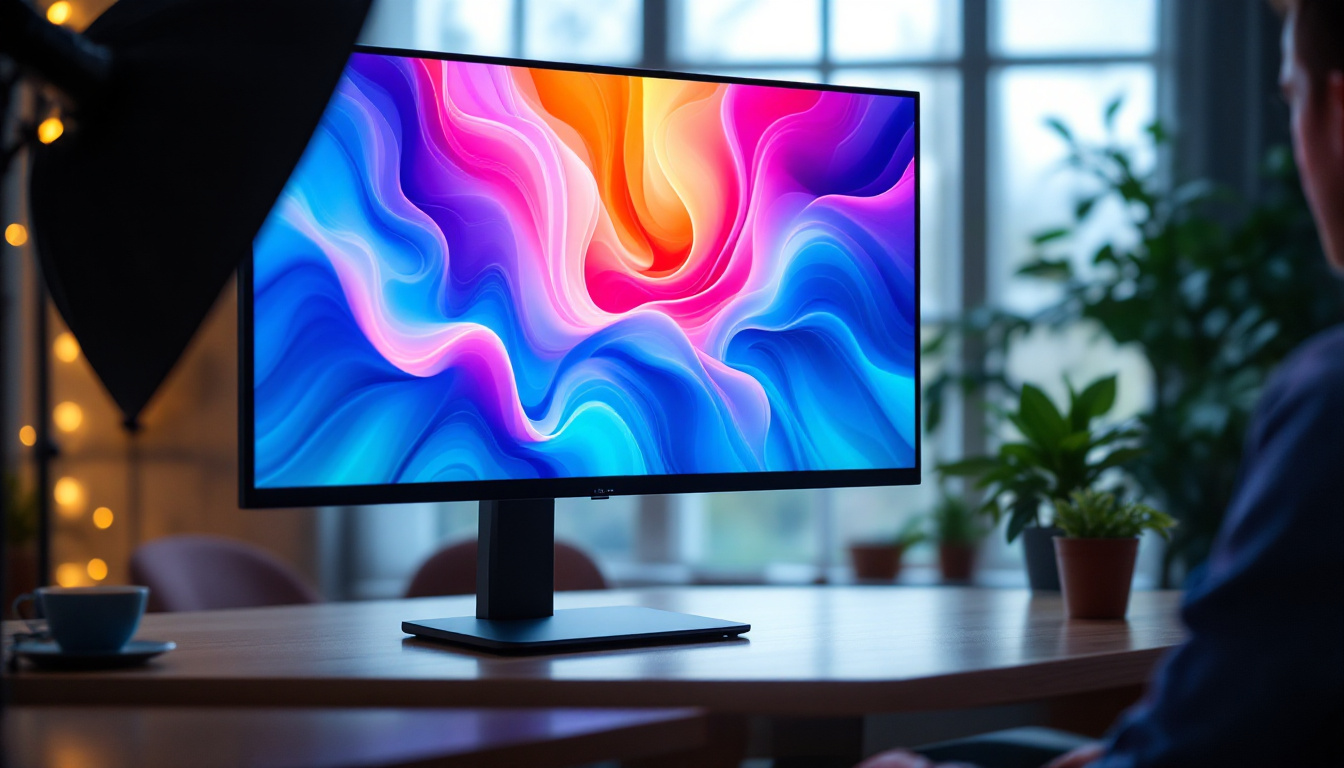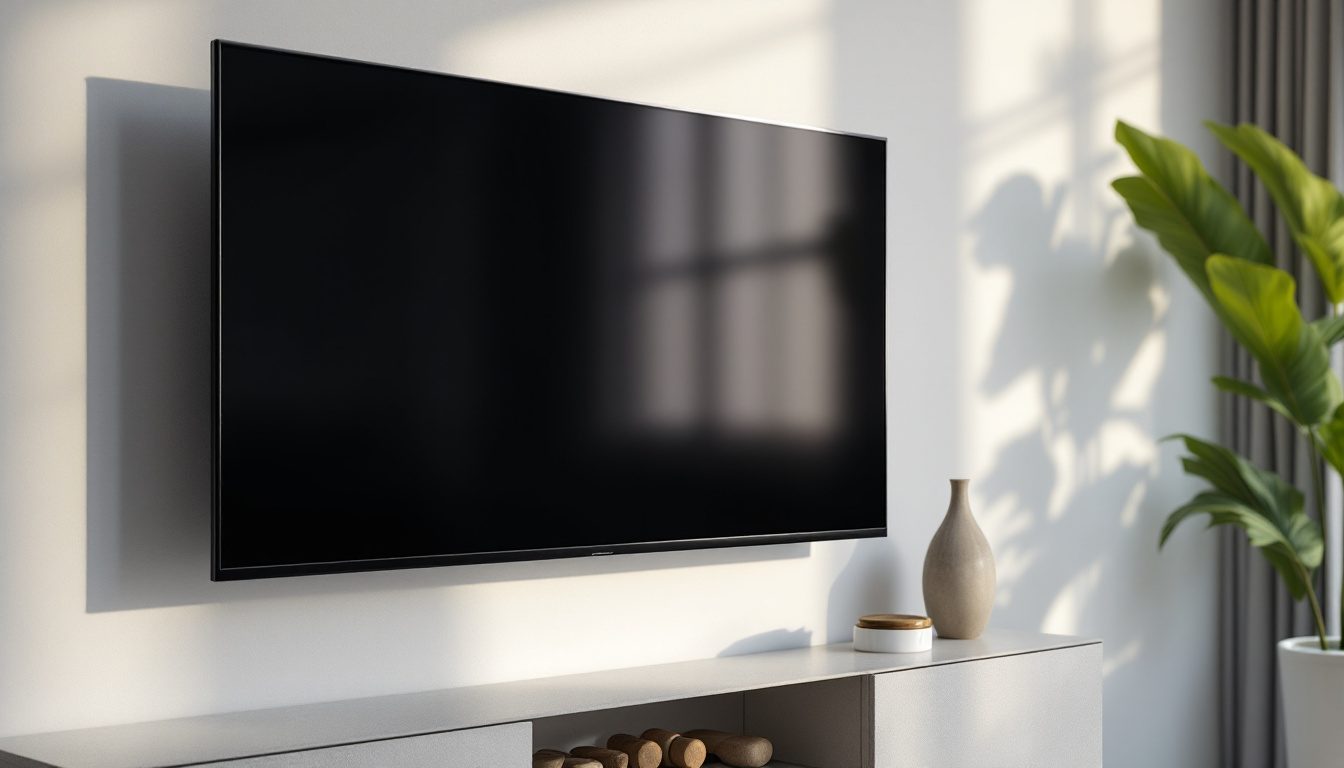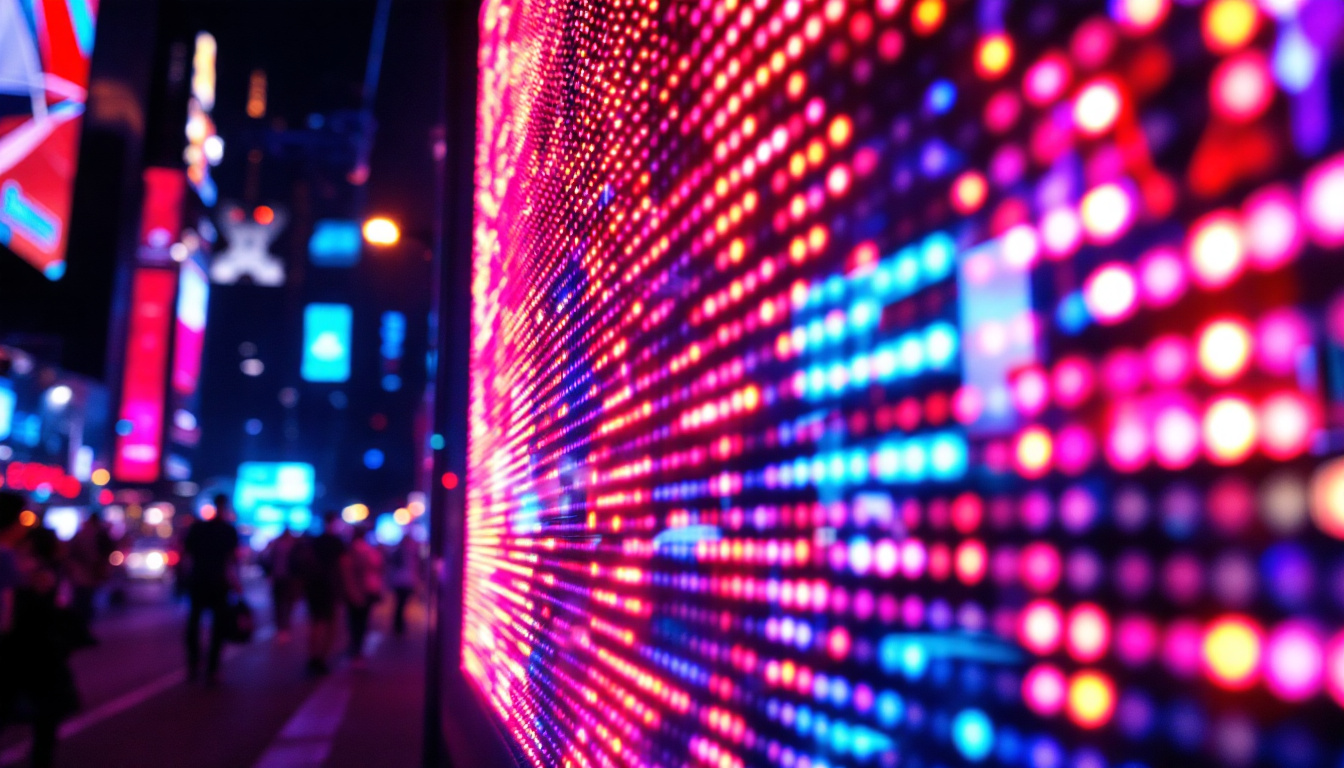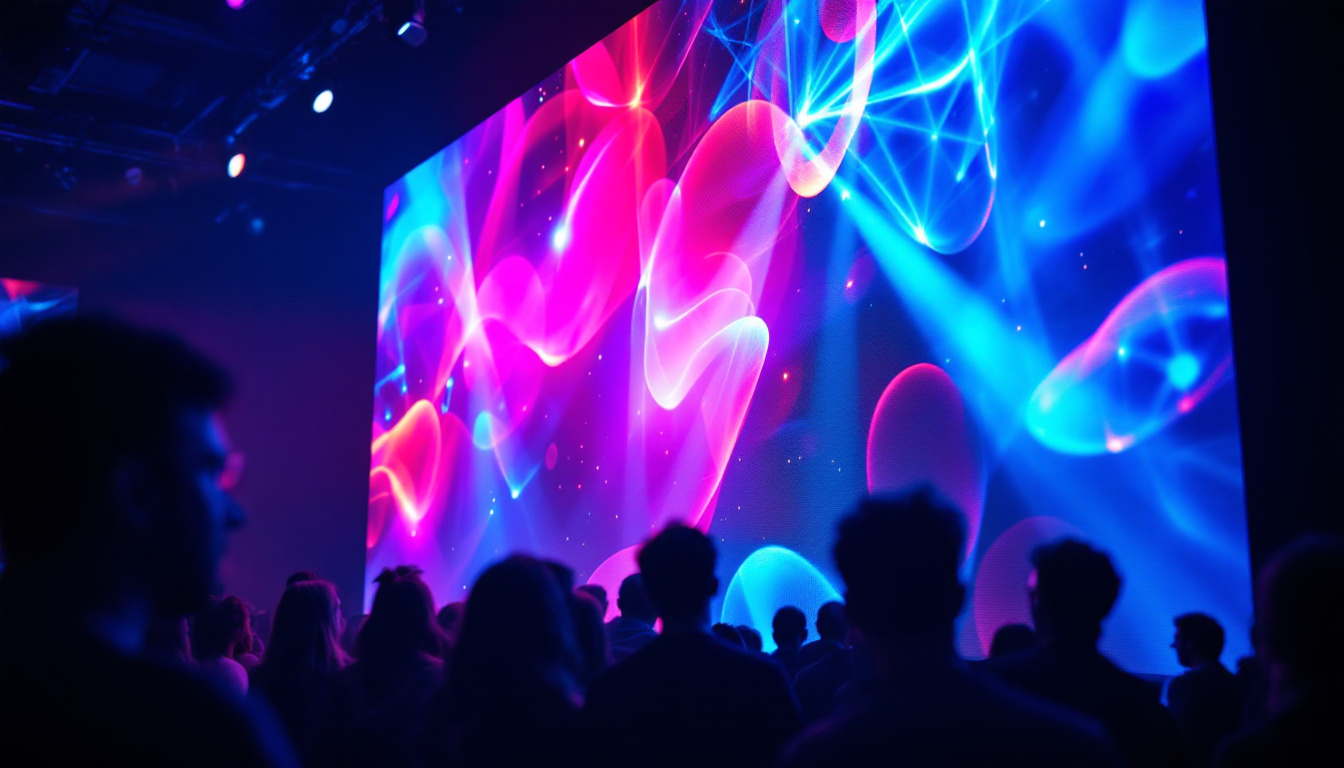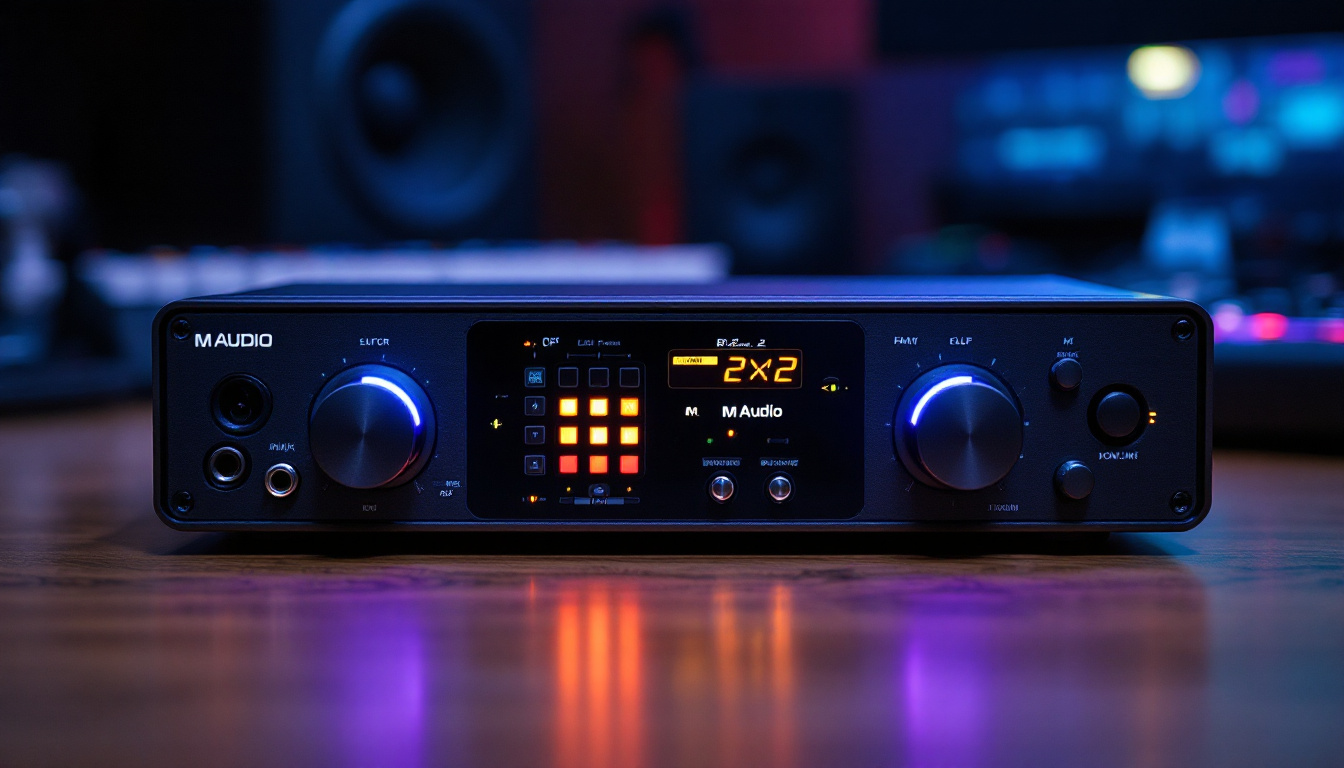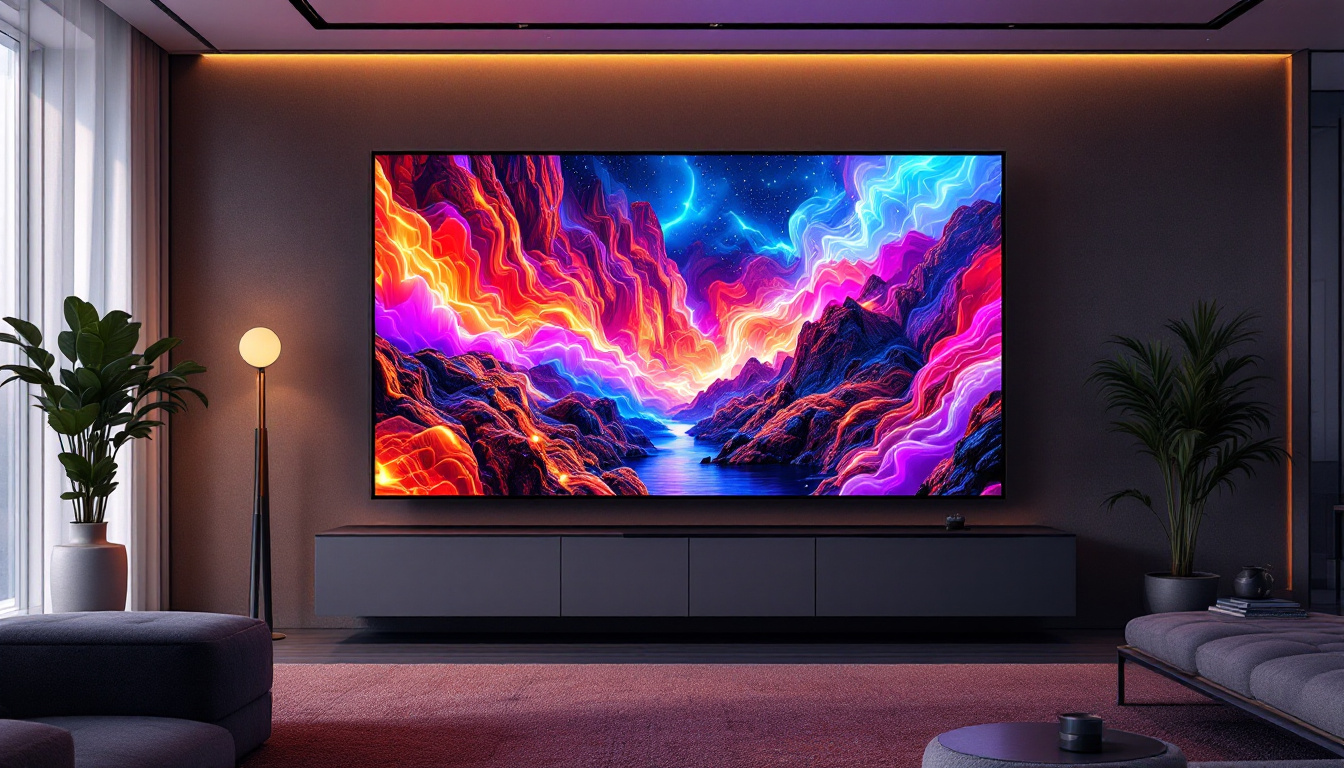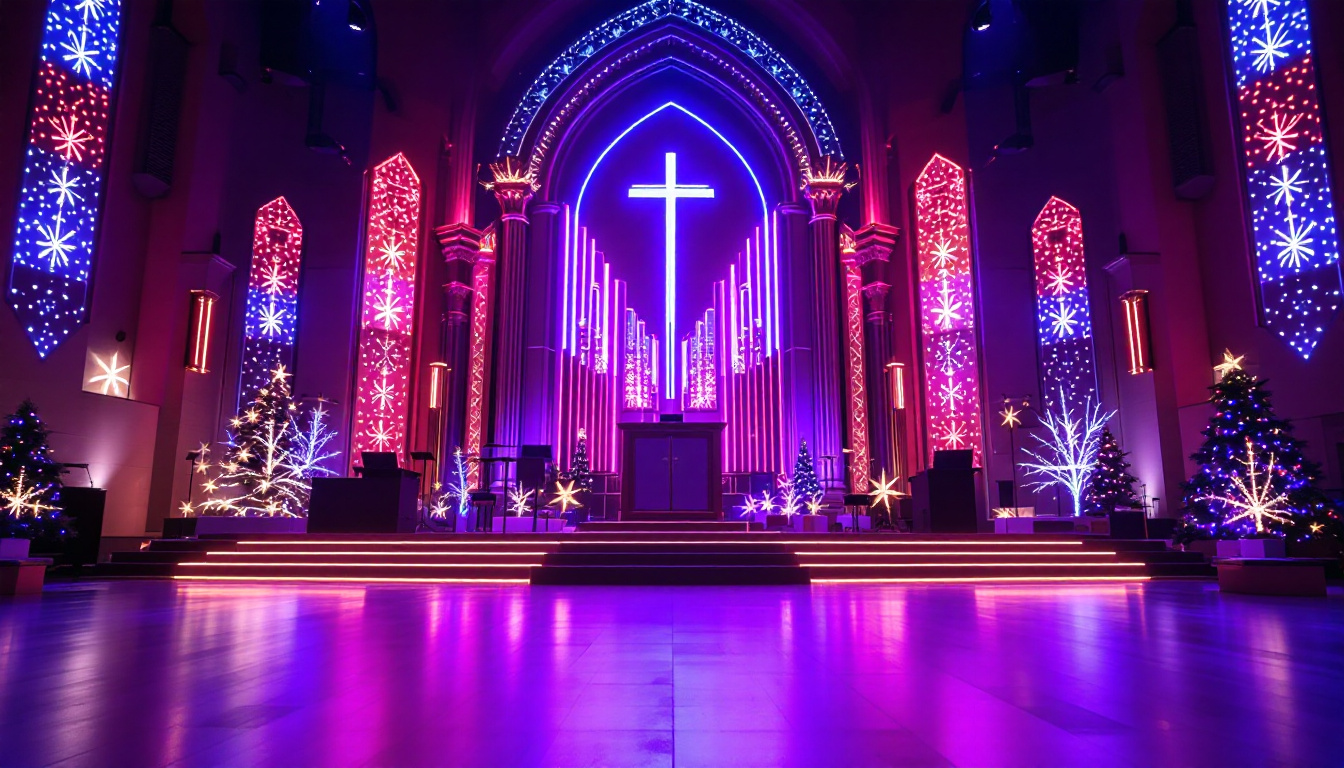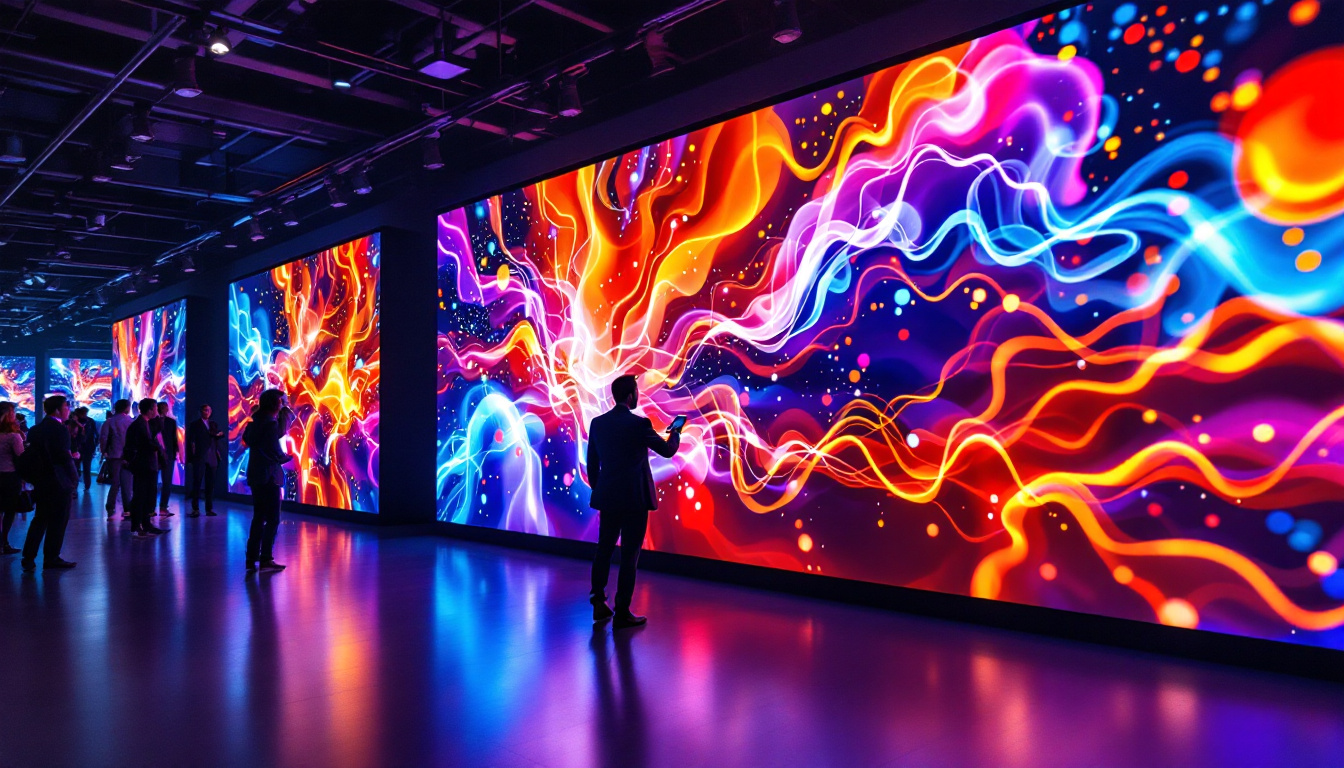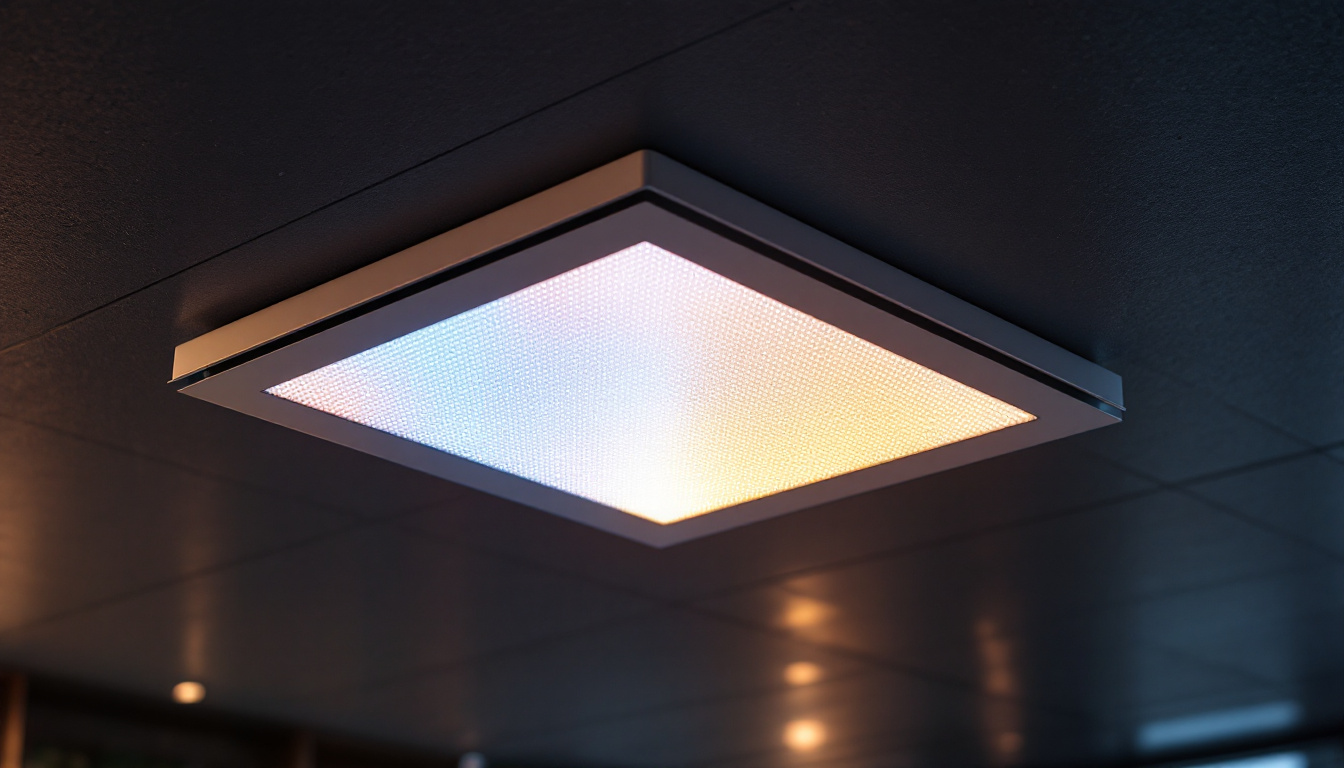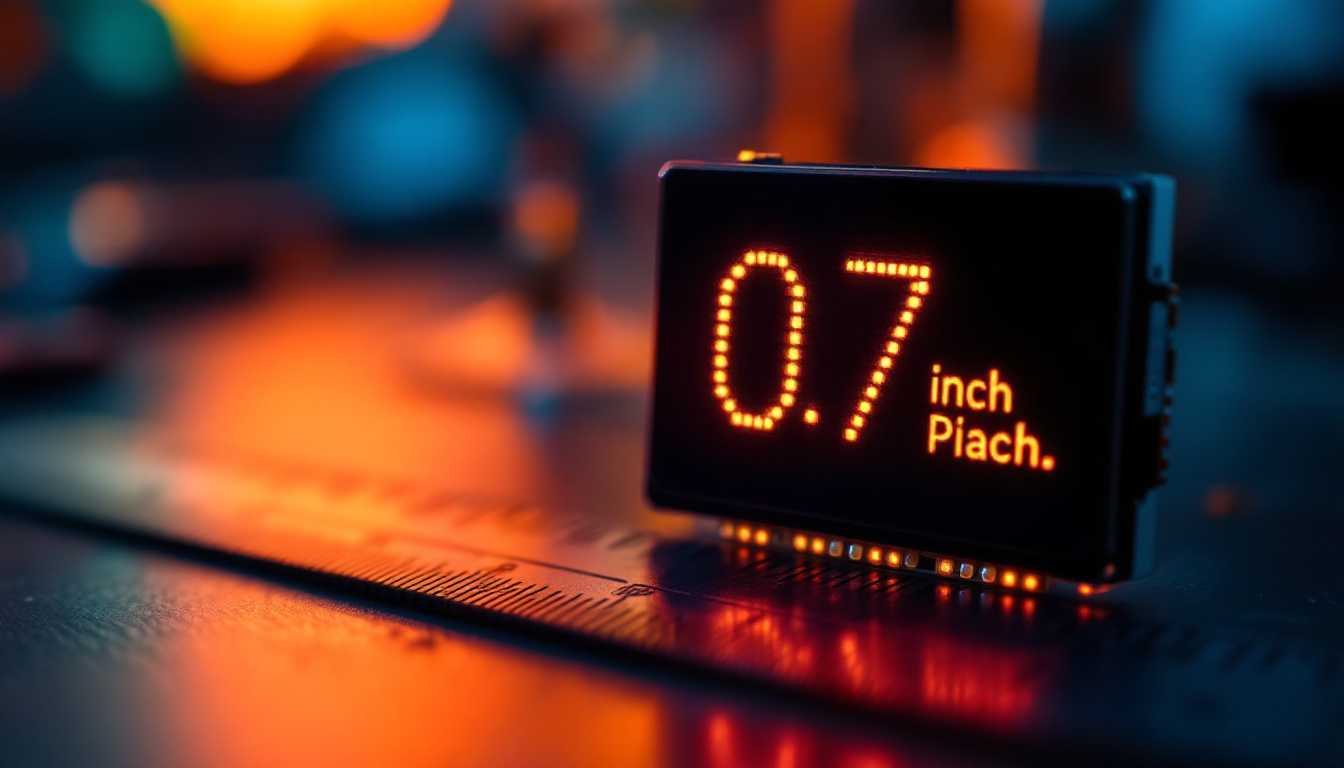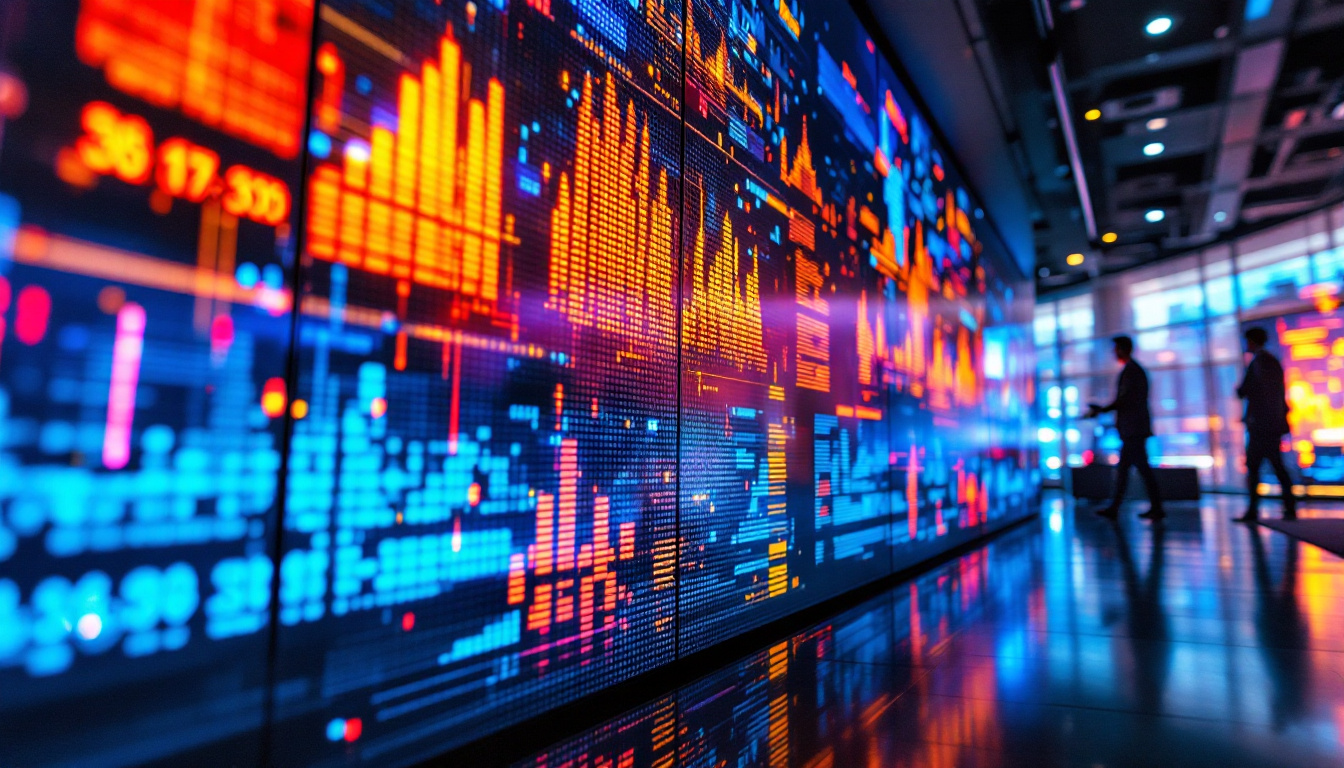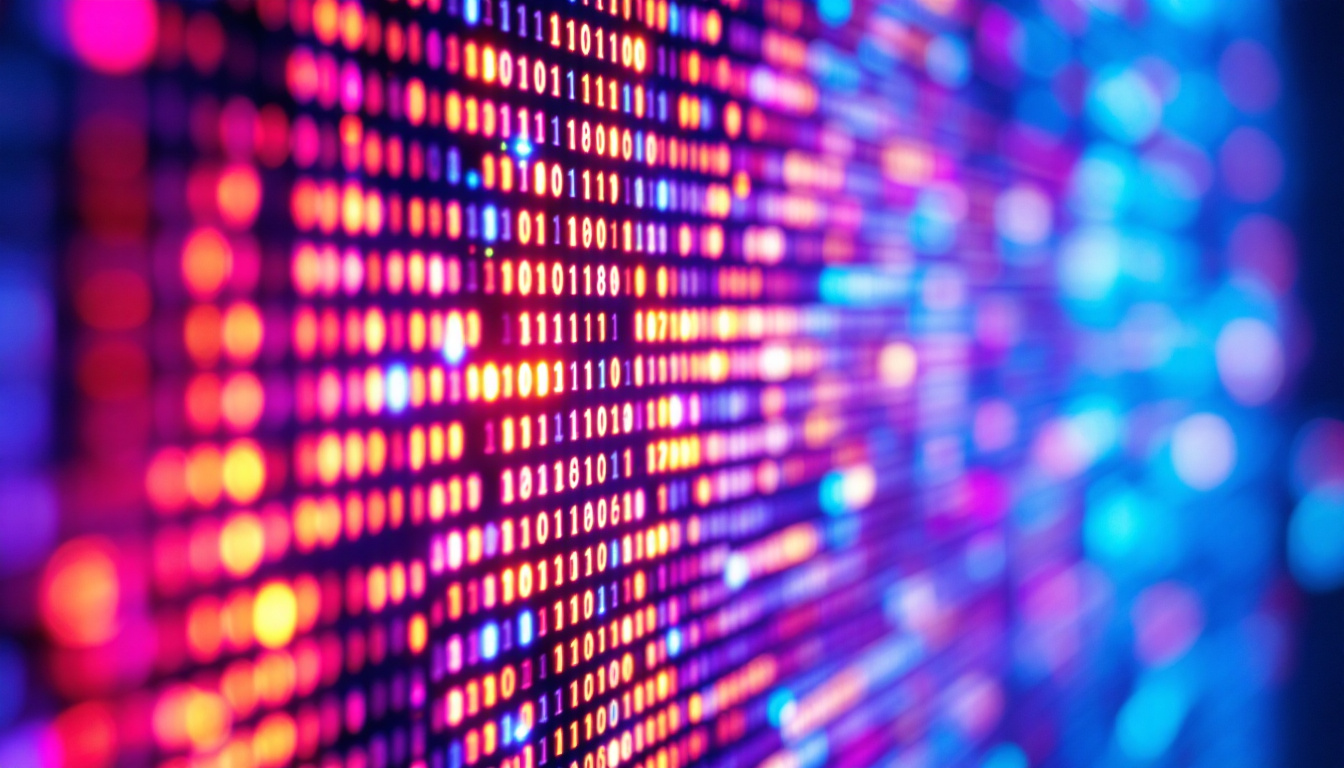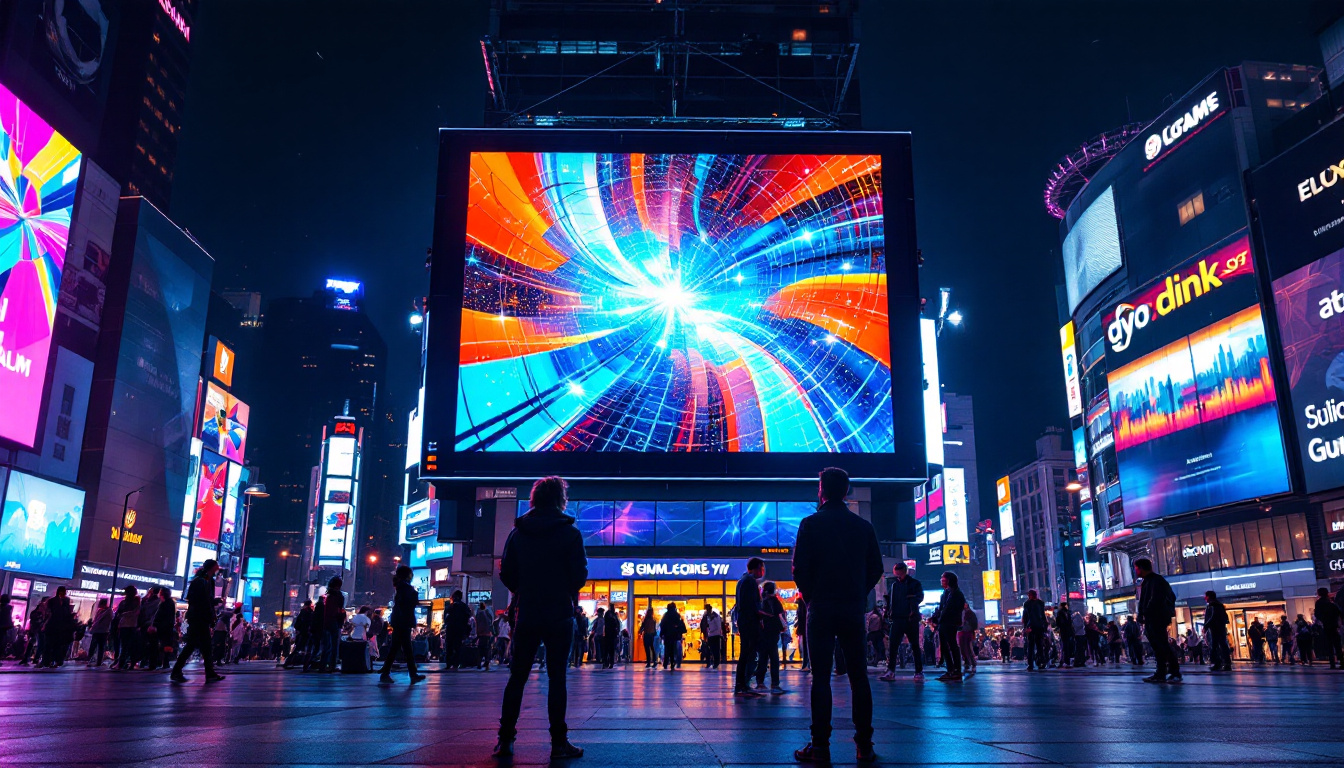In today’s digital age, the importance of display resolution cannot be overstated. Whether for personal use, professional applications, or large-scale advertising, understanding LED display technology and its resolution capabilities is essential. This article delves into the intricacies of LED displays, exploring their resolution, advantages, and applications.
Understanding LED Display Technology
LED, or Light Emitting Diode, displays have revolutionized the way visual information is presented. Unlike traditional LCD screens, LED displays utilize semiconductor technology to emit light, resulting in brighter and more vibrant images. This technology is particularly advantageous in various settings, from home entertainment systems to massive outdoor billboards.
How LED Displays Work
At the core of an LED display are tiny diodes that produce light when an electric current passes through them. These diodes are arranged in a grid, forming pixels that collectively create images. Each pixel can emit different colors, allowing for a broad spectrum of visuals. The combination of red, green, and blue (RGB) light from these diodes enables the display to produce a wide array of colors.
LED displays can be categorized into two main types: direct view and backlit. Direct view LED displays consist of individual diodes that form the entire screen, while backlit LED displays use LEDs to illuminate an LCD panel from behind, enhancing brightness and contrast. Both types have their unique advantages and applications.
Types of LED Displays
Understanding the different types of LED displays is crucial for selecting the right one for specific needs. The main categories include:
- Indoor LED Displays: These are designed for use in controlled environments, such as theaters, conference rooms, and retail spaces. They typically have a higher pixel density, resulting in sharper images at closer viewing distances.
- Outdoor LED Displays: Built to withstand the elements, outdoor LED displays feature a lower pixel density but are much brighter. They are commonly used for advertising billboards, stadiums, and public information displays.
- Transparent LED Displays: These innovative displays allow light to pass through, making them ideal for storefronts and exhibitions where visibility is essential. They provide an eye-catching way to showcase products while maintaining an open atmosphere.
Display Resolution Explained
Display resolution refers to the number of pixels that compose the image on a screen. It is typically represented as width x height (e.g., 1920×1080), indicating how many pixels are present horizontally and vertically. Higher resolutions lead to more detailed images, making them crucial for applications requiring clarity and precision.
Common Resolutions in LED Displays
LED displays come in various resolutions, each suited for different applications. Some of the most common resolutions include:
- HD (1280×720): This resolution is often found in smaller displays and is suitable for basic video playback and presentations.
- Full HD (1920×1080): A popular choice for televisions and monitors, Full HD offers a good balance between image quality and cost, making it ideal for home entertainment and gaming.
- 4K (3840×2160): With four times the pixel count of Full HD, 4K displays provide stunning detail and clarity, making them perfect for high-end video production and gaming.
- 8K (7680×4320): The latest in display technology, 8K resolution offers an unprecedented level of detail, although content availability is still limited.
Pixel Density and Its Importance
Pixel density, measured in pixels per inch (PPI), plays a significant role in determining the clarity of an image. Higher pixel density means that more pixels are packed into a given area, resulting in sharper images. This is particularly important for applications where viewers are close to the display, such as in retail environments or during presentations.
For example, an indoor LED display with a pixel pitch of 2.5mm will have a higher pixel density than an outdoor display with a pixel pitch of 10mm. This difference is crucial for ensuring that images remain clear and detailed, regardless of viewing distance.
Advantages of LED Displays
LED displays offer numerous advantages over traditional display technologies. Their unique characteristics make them suitable for a wide range of applications, from personal use to large-scale advertising campaigns.
Energy Efficiency
One of the standout features of LED technology is its energy efficiency. LED displays consume significantly less power than traditional LCD or plasma screens, making them a more sustainable option. This efficiency not only reduces electricity costs but also contributes to a lower carbon footprint, aligning with global sustainability goals.
Brightness and Visibility
LED displays are known for their exceptional brightness levels, making them ideal for outdoor use. The ability to produce vivid colors and high contrast ratios ensures that content remains visible even in direct sunlight. This is a crucial factor for advertisers and businesses looking to capture the attention of passersby.
Longevity and Durability
LED displays are designed to last. With a lifespan that can exceed 100,000 hours, they outlast many traditional display technologies. Additionally, they are more resistant to shock and vibration, making them suitable for a variety of environments, including outdoor settings where weather conditions can be unpredictable.
Applications of LED Displays
The versatility of LED displays allows them to be used in a multitude of settings. Their applications span various industries, showcasing their adaptability and effectiveness.
Advertising and Marketing
One of the most prominent applications of LED displays is in advertising. digital billboards and signage are increasingly popular due to their ability to display dynamic content that can be updated in real-time. This flexibility allows businesses to promote special offers, events, or new products, capturing the attention of potential customers effectively.
Moreover, the high brightness and color accuracy of LED displays ensure that advertisements stand out, even in crowded urban environments. This capability is essential for maximizing visibility and engagement.
Entertainment and Events
In the entertainment industry, LED displays have become a staple for concerts, festivals, and sporting events. Large-scale LED screens are often used to display live feeds, graphics, and animations, enhancing the overall experience for attendees. The ability to create immersive environments with stunning visuals is a significant advantage for event organizers.
Additionally, LED displays are commonly used in theaters and auditoriums, providing high-quality visuals for presentations, performances, and film screenings. Their versatility allows for creative staging and dynamic content delivery.
Corporate and Educational Use
In corporate environments, LED displays are utilized for presentations, conferences, and training sessions. Their clarity and brightness ensure that information is conveyed effectively, regardless of the room’s lighting conditions. This capability is crucial for maintaining audience engagement and understanding.
Similarly, educational institutions are increasingly adopting LED displays for classrooms and auditoriums. The ability to present multimedia content in high definition enhances the learning experience, making lessons more interactive and engaging for students.
Choosing the Right LED Display
When selecting an LED display, several factors should be considered to ensure it meets specific needs. Understanding these factors can help in making an informed decision.
Determining the Purpose
Identifying the primary purpose of the display is the first step in the selection process. Whether it is for advertising, entertainment, or educational purposes, each application has unique requirements regarding resolution, size, and brightness. For instance, outdoor displays need to be brighter and more durable than indoor ones.
Assessing Viewing Distance
The viewing distance is another critical factor. Displays intended for close viewing should have higher pixel densities to maintain image clarity. Conversely, displays viewed from a distance can have lower pixel densities without compromising the viewing experience. Understanding the intended audience and their proximity to the display will guide the selection of the appropriate pixel pitch.
Budget Considerations
Budget constraints are inevitable in any purchasing decision. LED displays come in a range of prices, influenced by factors such as size, resolution, and technology. It is essential to balance quality with cost, ensuring that the chosen display meets requirements without exceeding budget limits. Investing in a high-quality display can yield long-term benefits, reducing the need for replacements or repairs.
Future Trends in LED Display Technology
The LED display industry continues to evolve, driven by technological advancements and changing consumer demands. Emerging trends are shaping the future of display technology, promising even more innovative solutions.
MicroLED Technology
MicroLED is an exciting development in the LED display realm. This technology utilizes microscopic LEDs to create displays that offer exceptional brightness, contrast, and color accuracy. MicroLED displays are modular, allowing for flexible sizes and shapes, making them ideal for various applications, from consumer electronics to large-scale installations.
As MicroLED technology matures, it is expected to become a game-changer in the display market, offering an alternative to OLED and traditional LED technologies.
Integration with Smart Technologies
As smart technology continues to permeate everyday life, LED displays are increasingly being integrated with smart systems. This integration allows for advanced features such as remote management, real-time content updates, and interactive capabilities. Businesses can leverage these features to enhance customer engagement and streamline operations.
Sustainability Initiatives
With growing awareness of environmental issues, the LED display industry is focusing on sustainability. Manufacturers are exploring eco-friendly materials and production methods, as well as energy-efficient designs. This shift not only benefits the environment but also appeals to consumers who prioritize sustainability in their purchasing decisions.
Conclusion
Understanding LED display technology and its resolution capabilities is vital in today’s digital landscape. With their numerous advantages, including energy efficiency, brightness, and durability, LED displays have become the go-to choice for various applications. As technology continues to advance, the future of LED displays looks promising, with innovations such as MicroLED and smart integrations on the horizon.
Whether for advertising, entertainment, or educational purposes, selecting the right LED display requires careful consideration of factors such as resolution, viewing distance, and budget. By staying informed about the latest trends and technologies, businesses and individuals can make the most of their display investments, ensuring they remain at the forefront of visual communication.
Explore Cutting-Edge LED Display Solutions with LumenMatrix
Ready to elevate your visual communication with the latest in LED display technology? LumenMatrix offers a comprehensive range of innovative solutions tailored to your needs. From vibrant Indoor and Outdoor LED Wall Displays to dynamic Vehicle and Sports LED Displays, our products are designed to captivate and engage your audience. Discover the transformative power of our LED Poster Displays, Floor Displays, Custom Solutions, and All-in-One LED Displays. Experience the future of digital signage with our LED Transparent Displays. Check out LumenMatrix LED Display Solutions today and see how we can help you share your message with unparalleled impact and clarity.

